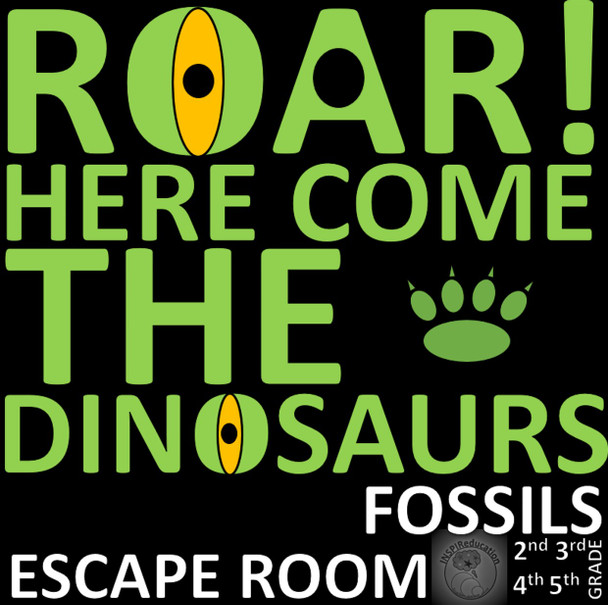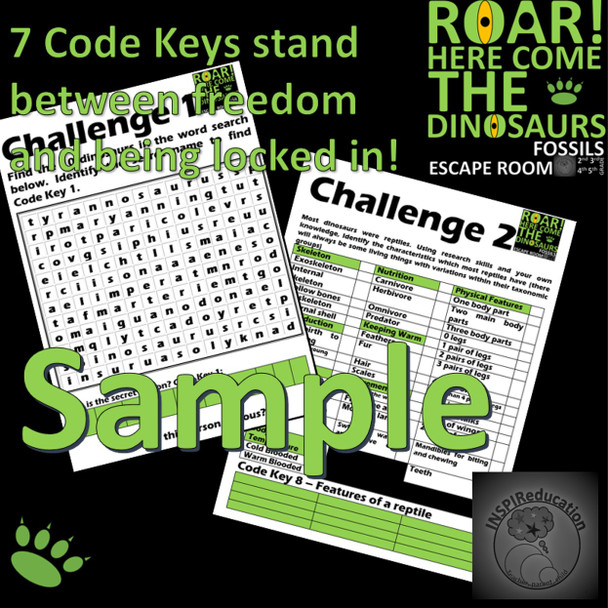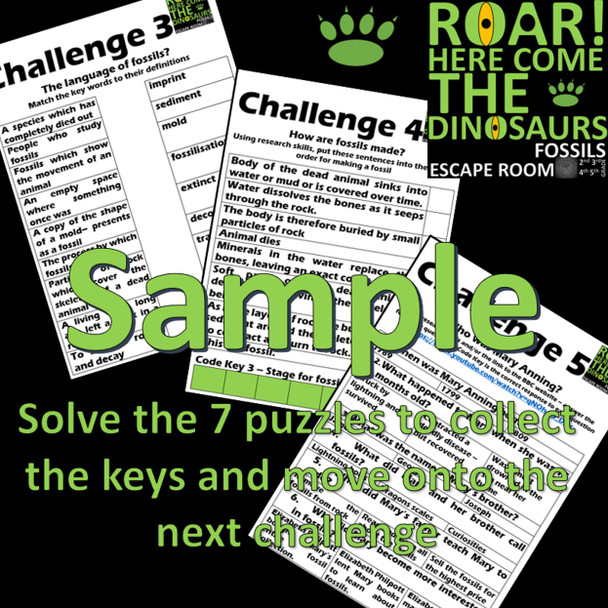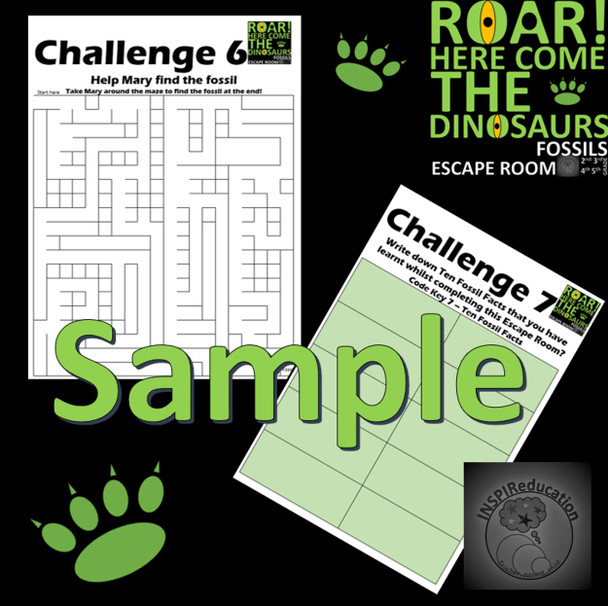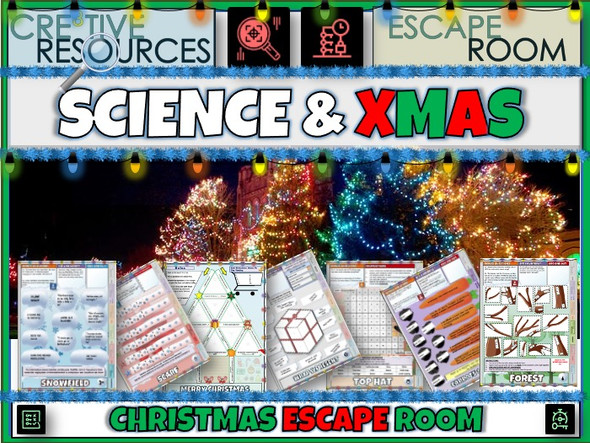Description
Using an Escape Room to develop curriculum knowledge is an exciting activity that will inspire learners from 2nd Grade to 5th Grade.
The curriculum content of this Escape Room is linked to:
- Fossils
- Reptiles
- Mary Anning (Fossil Hunter)
The aim of the Escape Room is to provide jeopardy for the children to work under pressure to solve 7 clues to find out all about how fossils are formed, reptile characteristics linked to dinosaurs, vocabulary linked to fossils and a famous forgotten fossil hunter (Mary Anning).
Before beginning, you will need to prepare the following:
- A copy of the Pupil Workbook for each group
- A set of table activities for every group – prepared beforehand and given to each group after they have all completed each Code Key activity
- IT sources and research materials
- Initial Starting Script sharing the problem to the children
- Completion Script celebrating the completion of the challenge
Children do not need prior knowledge of the topic above to complete this Escape Room, as the research will support the answers and each Code Key is supported with several clues. This Escape Room is ideal as a review of learning.
The activity begins by the teacher reader the Initial Message received. It clearly tells the children that they are required to help discover a forgotten historical character who is in some way related to the discovery of fossils.
What follows are 7 challenges which the children must solve to discover the code to move onto the next activity.
Each activity focuses and builds the children’s knowledge on the aspects of fossils, elements of dinosaurs and reptiles and discover the name and some life facts about the forgotten historical person.
The 7 activities are based on the following outcomes:
- Word search to find ten dinosaurs and the name of the forgotten historical figure (Mary Anning)
- Classification and characteristics of reptiles (linked to dinosaurs)
- Fossilisation vocabulary and meaning
- How fossils are made – sequencing events
- Who was Mary Anning? – research and YouTube video links to BBC history (12 minutes long)
- Complete the maze – problem solving
- Ten fossil facts learnt through completing the Escape Room
When all 7 activities are completed, and the children have gained the correct Code Keys from each activity, the teacher can read the final communication detailing how the children have been able to discover the missing historical person and review their learning on fossils.
Setting up the Escape Room
1. Children should be split into groups of no more than four and be placed in their own work space.
2. Access to IT and research materials should be provided to allow children to research answers to questions and review their own knowledge, as well as checking answers.
3. Each group should have a Code Key Booklet and decide on a team name
4. Read the Initial Message to the children to set the challenge in context. Discuss what this means, and what the activity entails.
5. Hand each group a copy of Code Key 1. Agree with the children a set time to complete the problem in – this ensures that the children stay on task and maintains the Escape Room element of working under pressure.
6. At the end of the time, children should have filled in the Code Key in their booklet. The teacher can then check the accuracy of all the groups and talk through the responses the children should have.
7. Move on through the remaining challenges until all 9 have been completed.
8. For those groups who have been successful, they are then able to read the completed statement where they find out if they have escaped the Escape Room and saved the Earth!
There are other ways of running Escape Room activities, for example, each activity could be set up on 7 tables and the children then move from table to table completing the activity. This would reduce the need for as many resources, and access to non-fiction sources and Internet Resources could then be targeted at specific Challenges.
The Escape Room should last for 2 hours.
We hope that your children enjoy this Escape Room.
Best wishes
INSPIReducation

